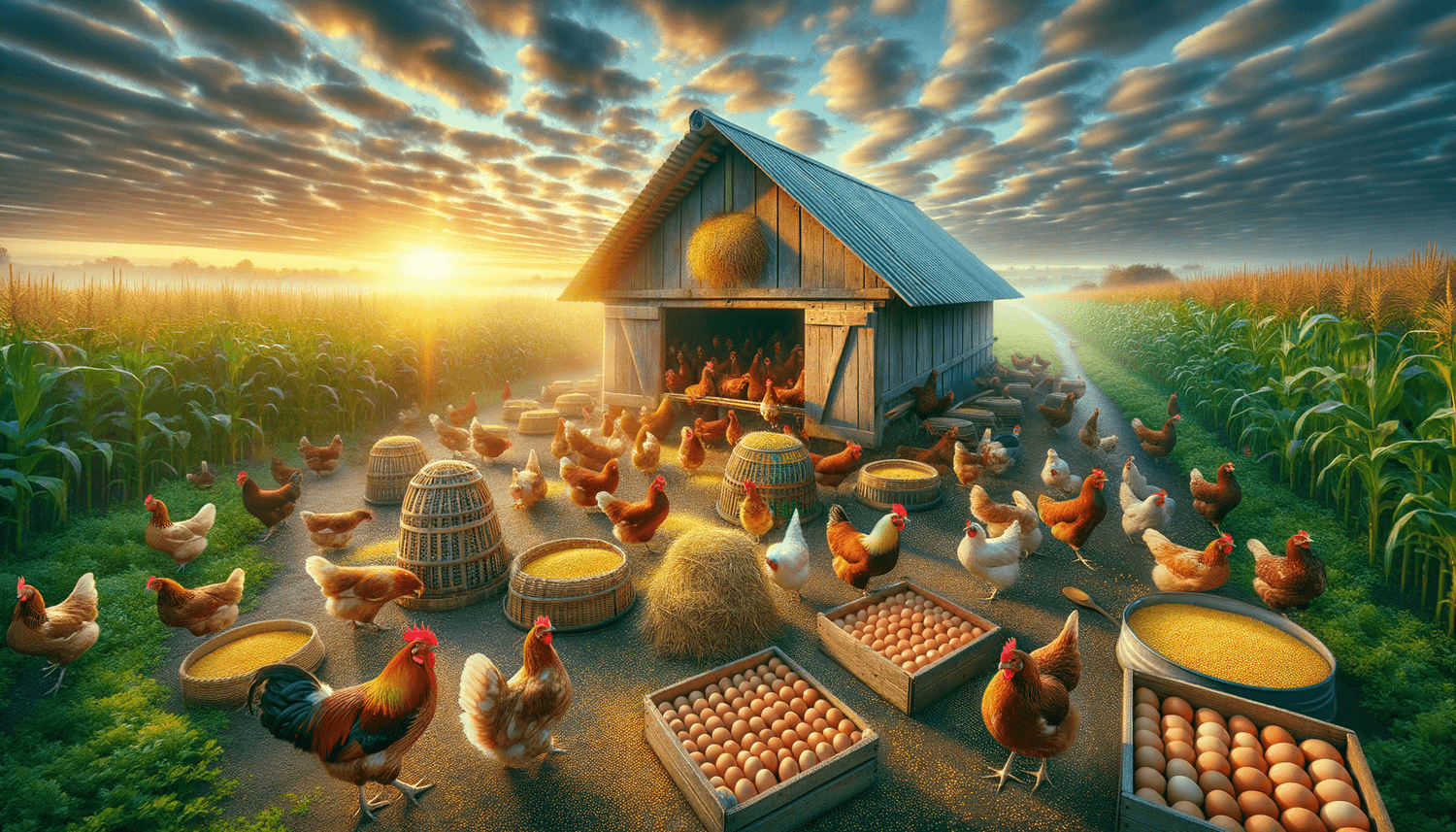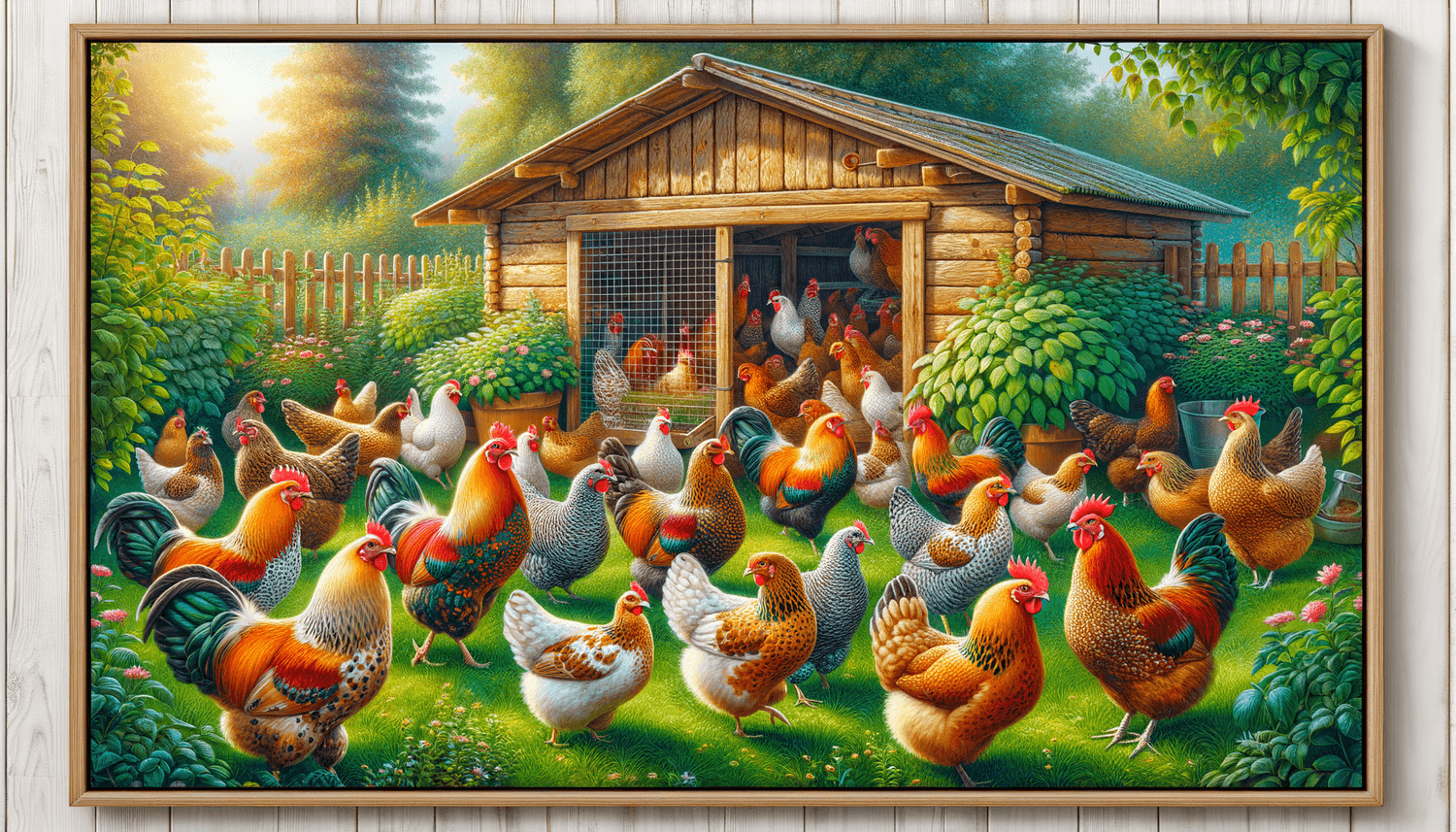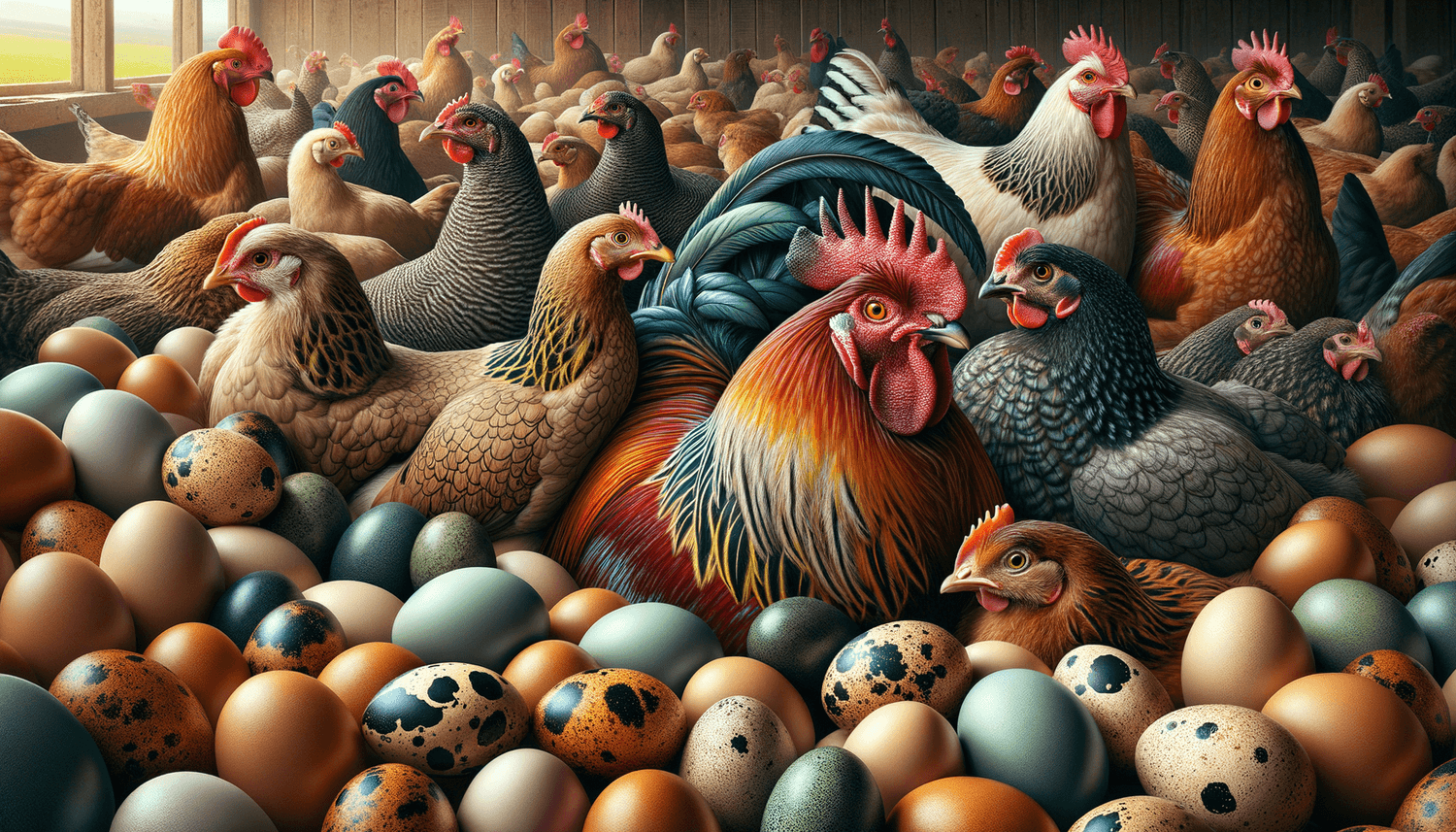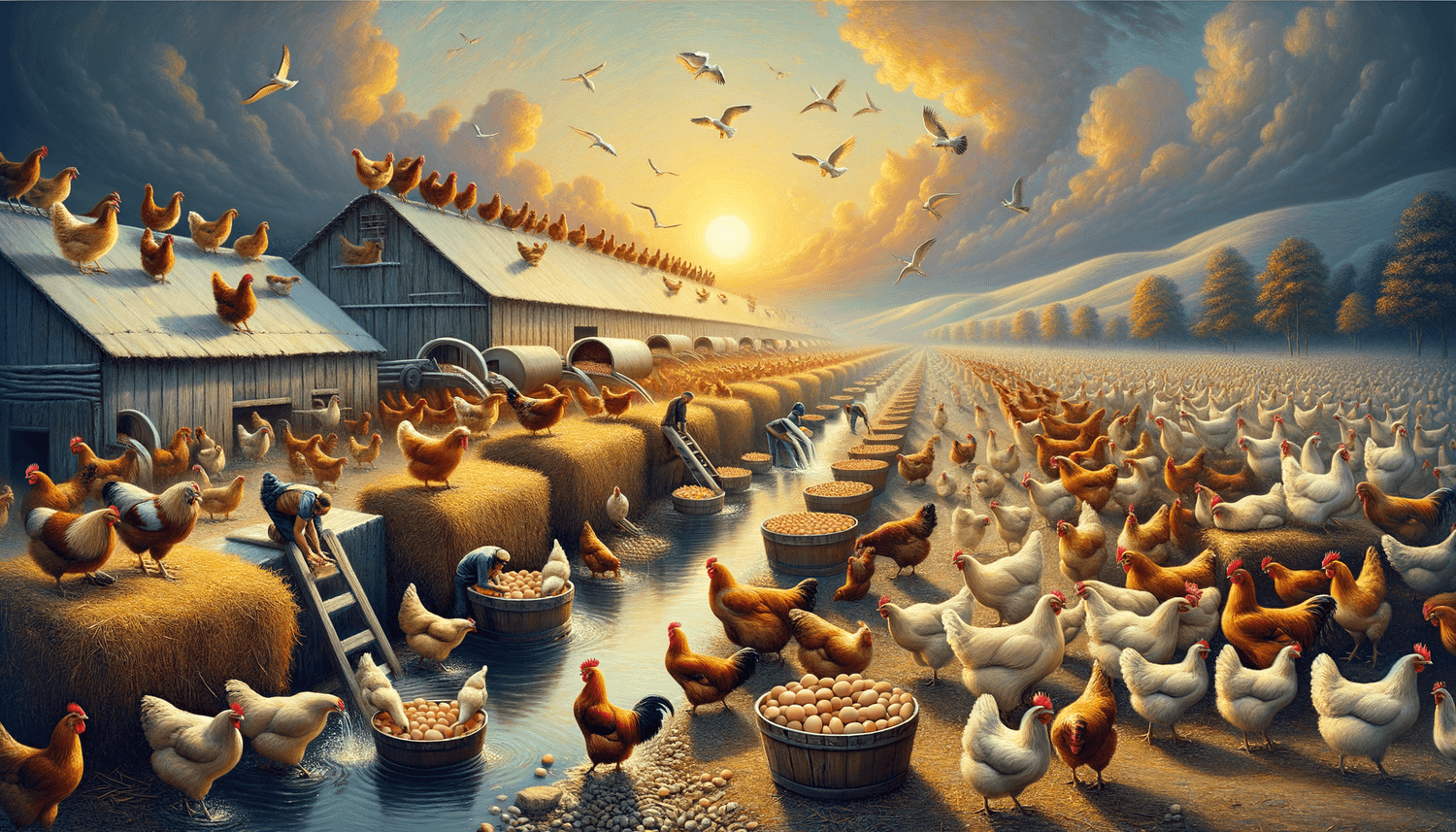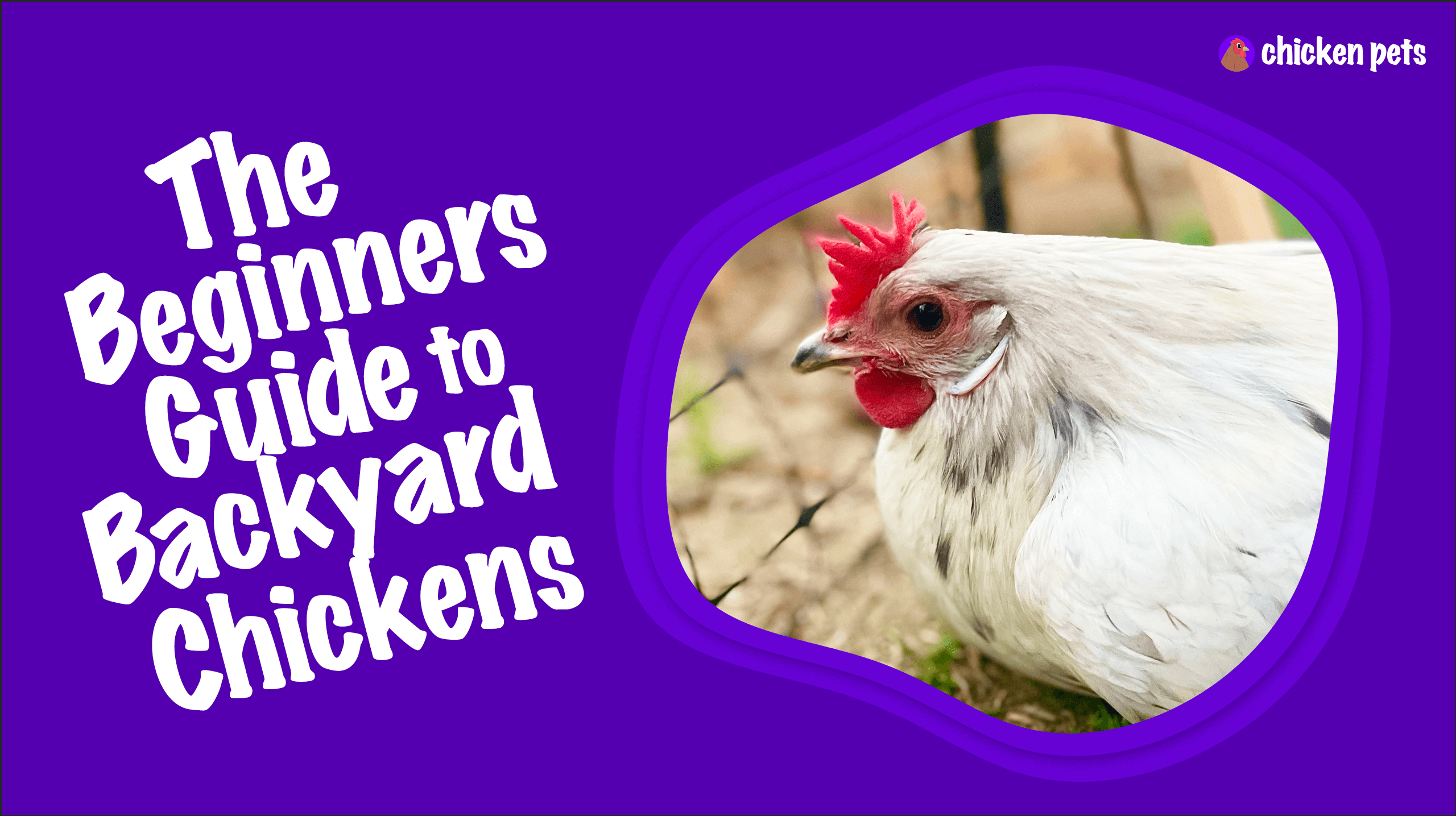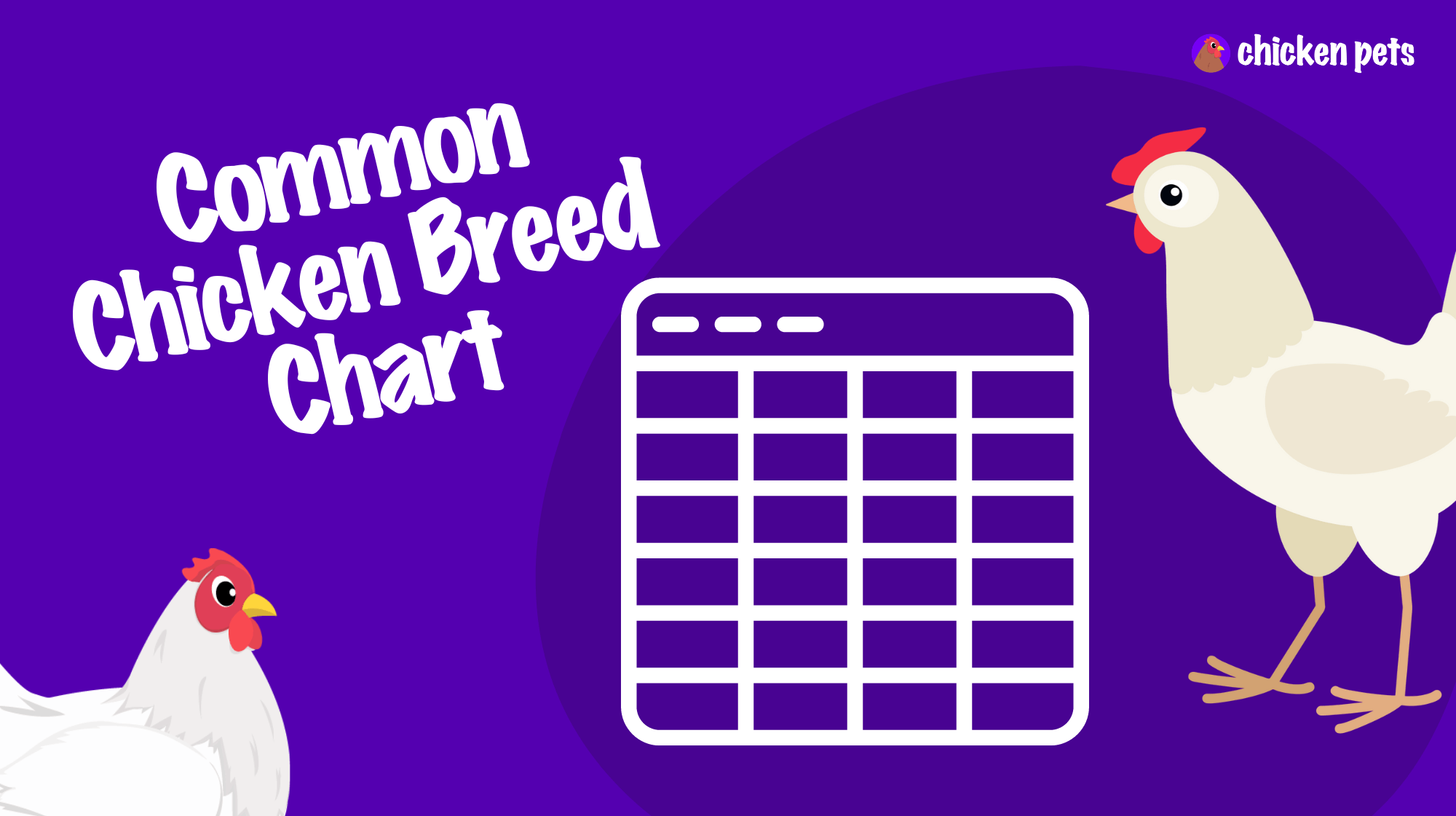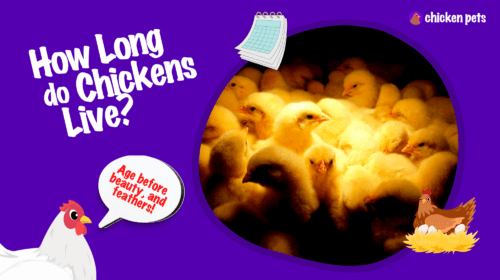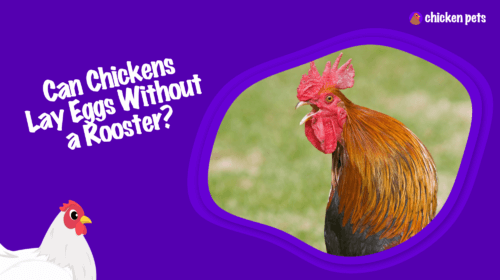Welcome to our blog post on how to get your hens to lay more eggs! If you’re passionate about raising backyard chickens and want to boost their egg production, we’ve got some great tips and tricks for you.
Make Your Hens Lay More Eggs: Tips and Tricks
To get your hens to lay more eggs, you can make dietary changes and provide optimal living conditions. By offering them a balanced feed, ensuring they have enough space, and managing their environment, you’ll keep your chickens happy and healthy, resulting in increased egg production.
Feed them a balanced diet
A balanced diet is essential for optimal egg production in your hens. Make sure their feed contains the right mix of protein, calcium, and other essential nutrients. Remember to regularly check the feed’s expiration date to ensure its freshness.
Offering supplementary nutrients
Supplement your hens’ diet with additional nutrients like crushed eggshells or oyster shells. These supplements serve as a calcium source that aids with strong eggshell development. You should also offer them insoluble grit to aid in proper food digestion.
Include high protein treats
Offer your hens high-protein treats like mealworms, black soldier fly larvae, or small amounts of sunflower seeds. These help provide the essential nutrients needed for egg production but should be given in moderation, as too much protein can be detrimental to your chickens’ health.
Provide optimal living conditions
Creating a comfortable living environment for your chickens is vital for their health and happiness. Providing your hens with adequate living conditions can directly impact their egg production levels.
Ensure a clean and dry coop
Keeping the chicken coop clean and dry is vital for preventing the spread of disease and parasites. Make sure you change the bedding regularly and provide proper ventilation in the coop to keep humidity levels low. This will help create a healthy environment for your hens to flourish.
Offer enough space
Chickens need enough space to roam, forage, and establish a pecking order. Overcrowded coops can lead to stress and feather pecking among hens, which may reduce egg production. Provide a minimum of 4 square feet per chicken in the coop and about 10 square feet per bird within the run area.
Safe roosting and nesting areas
Offer your hens comfortable roosting bars made of wood and nesting boxes filled with soft bedding material, like straw or wood shavings. Ensure there is enough space for all your hens to roost comfortably at night, and provide at least one nesting box for every 4 to 5 hens.
Monitor daylight hours
Hens require plenty of natural light to stimulate egg production. Monitor and manage the amount of daylight your chickens receive to ensure consistent egg production throughout the year.
Proper lighting
To ensure your hens have enough light each day, provide a minimum of 14 to 16 hours of light during the day. During shorter days in winter, you can install supplementary artificial lighting in the coop to maintain the required daylight hours.
Natural changes
Expect a natural decline in egg production during fall and winter months as the days get shorter. As the days grow longer during the spring and summer, egg production should gradually increase.
Minimize stress in your flock
Stressed hens often lay fewer eggs. Minimizing stressors in your flock’s environment will help maintain steady egg production and encourage the overall health of your hens.
Establish a routine
Establish a consistent daily routine by feeding, watering, and letting your chickens out of the coop at around the same time each day. Chickens appreciate predictability, and a stable routine fosters a calm environment for egg production.
Avoid sudden changes
Chickens are sensitive creatures, and sudden changes can trigger stress responses. Avoid making abrupt alterations to their environment or diet, and gradually introduce any new members to your flock.
Provide protection from predators
Offer your hens a secure environment, both inside the coop and within the run area. Install sturdy fencing or chicken wire around the run and ensure the coop is well-protected against possible predators. Hens should feel safe from potential threats, which will contribute to their emotional well-being and egg production.
Regular health checks
Regular health checks are essential in maintaining your chickens’ optimal health and egg production. Keep an eye on your hens, looking for any signs of illness or injury, and respond promptly to any issues.
Check for external parasites
Parasites like lice or mites can significantly impact your hens’ health and egg production. Examine your hens regularly for signs of infestation, and treat any outbreaks promptly to avoid spreading to the rest of the flock.
Monitor for signs of illness
Keep an eye on your hens’ behavior and appearance for any signs of illness, like lethargy, weight loss, or abnormal droppings. Early detection and treatment are vital to preventing any potential disruptions in egg production and ensuring the health of your flock.
Age and breed considerations
It’s important to remember that different breeds and the age of your hens can directly impact egg production. Educate yourself on your flock’s specific needs based on their breed and age.
Selecting the right breed
Some chicken breeds are known to be more prolific egg layers than others. Research and select breeds such as Rhode Island Reds, Sussex, Leghorns, or Plymouth Rocks, which are known for their consistent egg-laying abilities.
- Rhode Island Reds: These hardy birds are known for their ability to lay around 200 to 300 large, brown eggs per year.
- Sussex: A friendly and docile breed, Sussex chickens can provide around 200 to 250 eggs annually, with various eggshell colors.
- Leghorns: These active birds are excellent layers and can produce around 250 to 300 medium to large white eggs per year.
- Plymouth Rocks: Well-suited for backyard coops, these birds can lay around 200 to 250 large, light brown eggs annually.
Take age into account
Time also plays a role in your hens’ egg-laying capabilities as younger hens tend to have higher egg production than older hens. Keep in mind that hens generally lay fewer eggs as they age, so consider rotating or adding younger hens to your flock to maintain a steady egg supply.
By incorporating these tips and tricks, you’ll help your hens lay more eggs and ensure the health and happiness of your backyard flock. Remember that patience, dedication, and consistent care are vital in achieving great results. Happy egg-laying!
Consider molting periods
Molting is a natural process that occurs in hens, typically once a year, where they shed and replace their feathers. During this time, egg production may temporarily slow down or stop. Understand that this is a normal process and your hens will resume laying eggs once the molting period is over.
Pay attention to temperature
Temperature can also have an impact on egg production; extreme heat or cold may stress your chickens and reduce the number of eggs they lay. Be attentive to weather conditions and provide solutions to help your hens stay comfortable year-round.
Providing shade and cool water in hot weather
During the warmer months, make sure your hens have access to shaded areas as well as clean, cool water to help them cool off. Consider providing frozen treats, like fruit or vegetables, and creating a space for them to take dirt baths to keep them cool and comfortable.
Insulating the coop in cold weather
In winter months, add insulation to your coop to retain heat and protect your hens from the cold. Make sure there is proper ventilation to prevent excess humidity and damp conditions, which can lead to frostbite in your chickens.
Knowing when to cull your flock
Sometimes, despite your best efforts, some hens will simply not lay as many eggs as you’d like. It may be challenging to determine which individuals are not producing, so consider adopting a system to identify underperforming hens.
Tracking egg production
One way to track individual egg production is by using food-grade dye or colorants to mark individual hens. Once a hen lays an egg, the dye will transfer onto the eggshell, allowing you to easily identify which hens are producing and which are not.
When to cull
Culling is a personal decision and not one to be taken lightly. If a hen’s egg production is no longer meeting your expectations, you may choose to cull her. This decision should be based on your goals, available resources, and personal values.
Supplementing with treats
In moderation, supplementing your hens’ diets with various treats can be a great way to provide extra nutrients while also enhancing their lives. Treats like fruits, veggies, and grains can be a welcome addition to their daily meals, but remember to always keep their primary feed as the main source of nutrition.
By applying these additional insights and understanding that egg production can be influenced by various factors, you’ll be well-equipped to care for your flock and maximize their egg-laying potential.
Frequently Asked Questions (FAQ)
Here are some of the most commonly asked questions related to keeping backyard hens for egg production. These address various concerns and provide additional insights to help you achieve optimal results with your flock.
1. How long do hens lay eggs?
Hens start laying eggs around 5 to 6 months of age and continue to lay regularly for about 2 to 3 years. After that, egg production generally slows down, although some hens can continue to lay eggs for several years.
2. How often do hens lay eggs?
On average, hens lay one egg every 25 to 26 hours. Depending on the breed, a healthy hen may lay up to 250 to 300 eggs per year.
3. What time of day do hens usually lay their eggs?
Hens typically lay their eggs during daylight hours, normally in the morning or early afternoon. However, some hens may lay eggs at other times throughout the day.
4. How can I encourage my hens to lay eggs in their nesting boxes?
To encourage hens to lay in their nesting boxes, make sure the boxes are comfortable, clean, and private. Adding curtains or partitions, and keeping the nesting area darker than the rest of the coop, can also help.
5. Why has my hen stopped laying eggs?
A drop in egg production can be due to several factors, such as illness, stress, molting, changes in light exposure, and aging. To determine the cause, closely observe your hen’s health and behavior, and make necessary adjustments to their environment or diet as required.
6. Do all chicken breeds lay eggs at the same rate?
No, egg production varies depending on the breed. Some breeds lay more eggs than others, like Rhode Island Reds, Sussex, Leghorns, and Plymouth Rocks. It’s essential to select the right breed for your egg production goals.
7. Do chickens need a rooster to lay eggs?
No, hens do not need a rooster to produce eggs. However, if you want fertilized eggs for hatching, a rooster is necessary.
8. How can I tell if my hen is going to start laying soon?
Signs that a hen will start laying soon include increased appetite, an interest in nesting boxes, and the hen squatting when you try to touch her.
9. What is the best diet for hens to ensure high-quality eggs?
The ideal diet for laying hens includes a balanced commercial feed containing essential nutrients such as protein, calcium, and vitamins. Additionally, supplement their diet with high-quality protein treats like mealworms, and provide calcium sources like crushed eggshells or oyster shells for strong eggshells.
10. Can I feed my hens kitchen scraps?
While feeding hens some kitchen scraps like fruits and vegetables is okay in moderation, you should avoid giving them salty, fatty, or sugary foods, and ensure their primary source of nutrition is a balanced commercial feed.
11. How important is lighting for egg production?
Lighting is crucial for egg production; hens require at least 14 to 16 hours of light per day to lay consistently. In the winter months, artificial lighting can help maintain the necessary light exposure.
12. How do I know if my hens are molting?
Hens typically molt once a year, and during this time, they lose feathers and may stop or slow down laying eggs. To recognize if your hens are molting, look for signs of feather loss and regrowth.
13. How can I identify which hen is laying what egg?
To identify which hen is laying a particular egg, you can use food-grade dye or colorants to mark individual hens. The dye will transfer onto the eggshell when a hen lays an egg, allowing you to identify which hen produced it.

